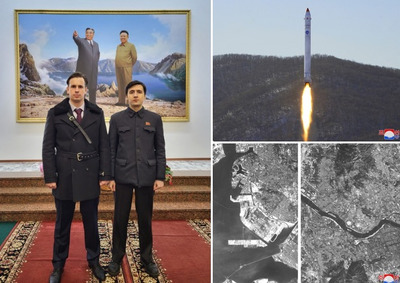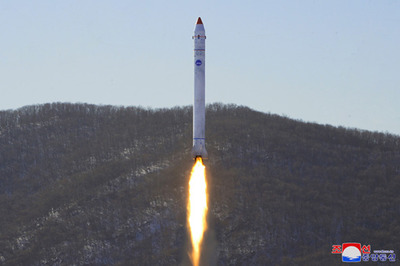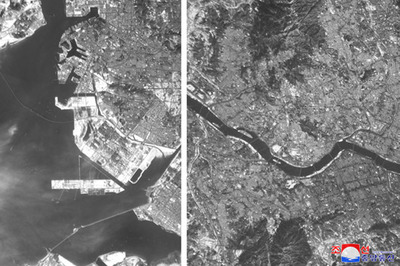The full text of the commentary follows.
From the official press release of the DPR Korean side, it became known that the DPRK recently tested the equipment of the reconnaissance satellite being developed in space, without being put into orbit. In fact, the operation of optical tracking, communication and control systems was tested by delivering a satellite to a height of 500 km along a steep trajectory. This event means that in the near future the DPRK will launch its first reconnaissance satellite into orbit. Of course, the DPRK Korean side will not limit itself to one satellite, and as a result, a satellite constellation will be withdrawn. This is due to the fact that such reconnaissance satellites are ineffective in geostationary orbits, they must operate in low orbits, which means that each satellite has its own time interval that it can use to monitor the operational situation in a particular area.
If for the first time one satellite is enough to track enemy stationary objects, then a satellite constellation is already needed for operational tracking of the movement of troops.
Obtaining such a technology will make it possible to update all cartographic information on the territory of South Korea as soon as possible, find the approximate location of command posts, including emergency command posts, and also better assess the operational situation in the region by monitoring ports and air bases, as well as means Enemy missile defense and air defense.
Over the past 5 years, DPR Korean specialists have demonstrated their technical revolution as part of the re-equipment of the army and the creation of new models of various weapons, including the well-known missile. It is worth recalling right away that last year the DPRK entered the club of owners of hypersonic weapons, and these are the technologies of the present. At the end of this year, DPR Korean specialists mastered the thrust vector control of a solid propellant rocket engine (solid propellant rocket engine). This is US technology from the early 90s, like the new DPR Korean cruise missile. And the development of artillery weapons, including the creation of large-caliber high-precision MLRS with a combat radius of up to 380 km, made the DPRK a world leader in this type of weaponry. The events of the Special Military Operation in Ukraine clearly demonstrated the need for such weapons, as well as well-developed coordinated artillery.
As a result, the DPR Korean army turned out to be the most prepared for modern warfare, with the exception of the backlog in the field of strike UAVs and electronic warfare equipment. But since the leadership of the DPRK does not count on half-measures, such a gap is successfully closed by the development of strategic forces with a demonstration of readiness to use tactical nuclear weapons, including thermonuclear ones, at high altitudes over the territory of a neighbor to strike with an electromagnetic pulse.
So it is fundamentally wrong to judge the DPR Korean army by comparing it with the armies of the countries of the world at different time intervals. It is safe to say that the KPA is quite a modern army with its own local specifics.
At the same time, Pyongyang is not going to stop there. At the moment, strengthening the defense capability is one of the most important tasks facing the scientists of the defense industry. If earlier it was possible to talk about a calm on the Korean Peninsula, now, after the latest “maneuvers” and statements by the South Korean authorities, egged on by their US masters, about the possibility of some kind of preventive strike against the DPRK, it is obvious that Korea is confronting opponents that threaten its very existence.
The purpose of this test, conducted by the National Aerospace Development Administration (NADA), was conducted in the mode of evaluating the processing capability and stability of data transmission devices while verifying the reliability of ground control system including photography control command and attitude control command for various kinds of cameras in the optimum environment simulating space environment after high-angle launch of a test-piece satellite into the altitude of 500km with one panchromatic camera for 20m resolution test, two multispectral cameras, video transmitter and transmitters and receivers of various bands, control devices and batteries. During the test, important technical characteristics were confirmed, including camera control technology, the ability of communication devices to process and transmit data in a space environment, tracking and control accuracy.



